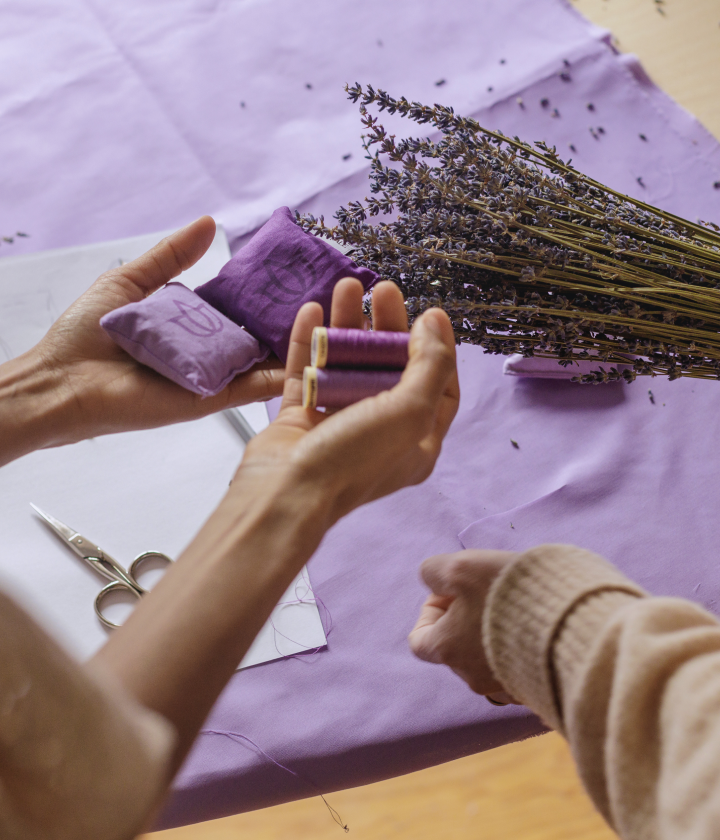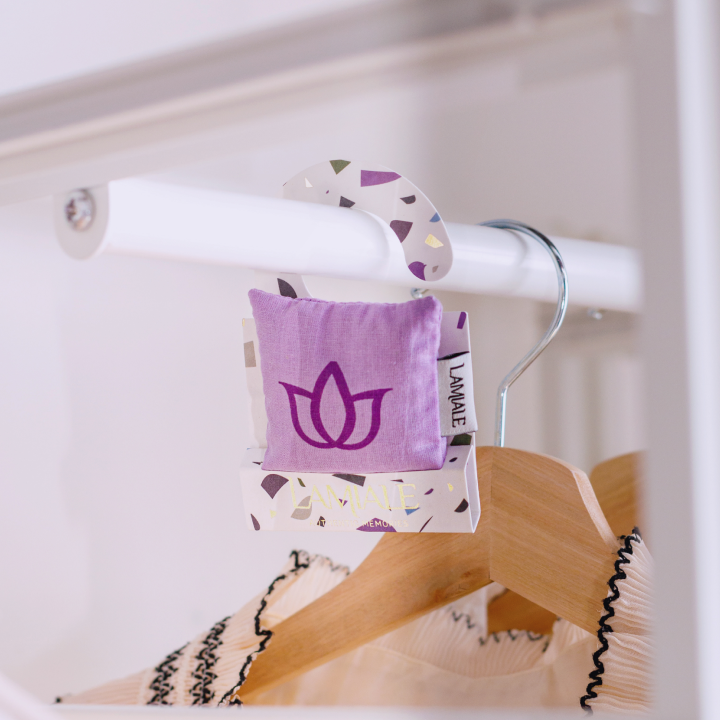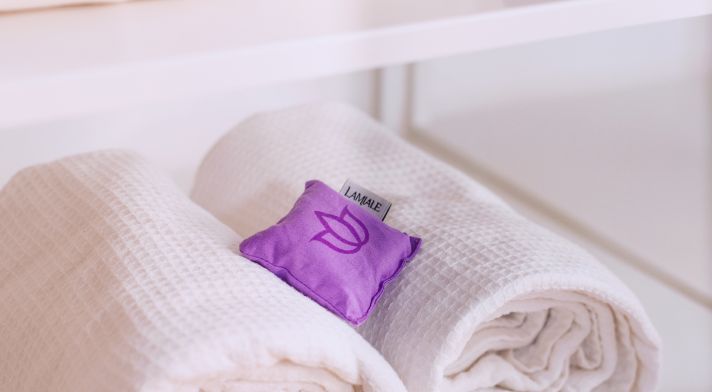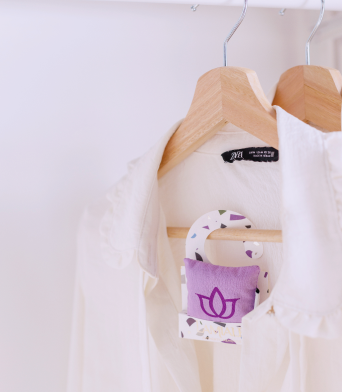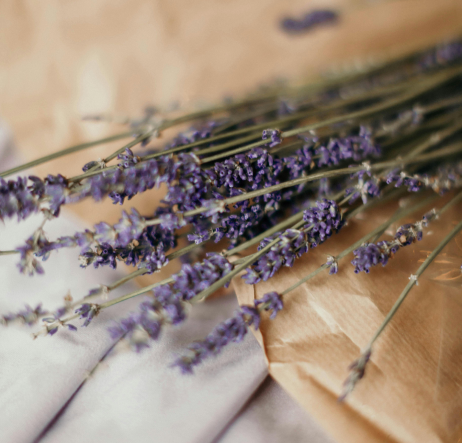


idea
The Essence Behind Our Name: Lamiale
The Lamiales order boasts some of the world's most cherished flowering plants, with lavender standing proud among them. Known for their medicinal and antioxidant properties, these plants inspire wellness and rejuvenation. Embodying this spirit, Lamiale offers you the essence of the finest Croatian lavender in every sachet.
Throughout history, lavender has stood as a symbol of grace, calm, and spiritual connection. With its regal hue and soothing aura, we've harnessed this legacy in our meticulously crafted sachets. Enclosed in soft cotton and presented in luxurious gift boxes, each Lamiale sachet is a tribute to timeless tranquility and care.

A Gift of Love
In life's precious moments, your loved one is there with you. Celebrate them and your intertwined heartbeats, gift a Lamiale sachet. Ideal for birthdays, anniversaries, or just shared silences, let our lavender evoke cherished memories.



A Gift of Friendship
To celebrate a friend is to cherish the memories you’ve made together and the ones yet to come. A gift of lavender can evoke these memories and let them be relieved again and again.
Gift the serenity of a spa escape in the palm of their hand. A Lamiale sachet is more than a token – it's an embrace, a retreat, a shared secret. Gift one to honor the bond of friendship.

A Gift of Connection
Lavender resonates with stories, much like family recipes and tales. Rekindle nostalgia and forge new memories with our lavender sachets, bridging generations with an enchanting embrace.

Embrace Lavender's Versatility
Designed for versatility, Lamiale ensures serenity is never far away.
01 A Momentary Retreat
Close your eyes, breathe deep, and let the calming scent transport you to moments of solitude and reflection.
02 Aesthetic and Aromatic Harmony
Adorn your spaces with our sachets, melding visual beauty with aromatic charm.
03 Organic Elegance in Every Corner
Tuck our sachets in nooks, closets, or drawers, ensuring freshness that respects both you and your apparel.
04 Your Tranquil Travel Partner
Whether on a cross-country road trip or a city commute, let Lamiale be your serene companion, easing your journey.
